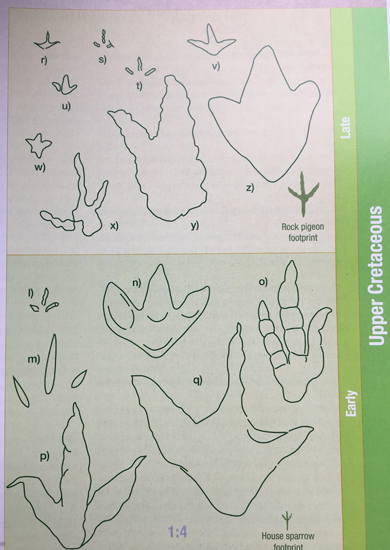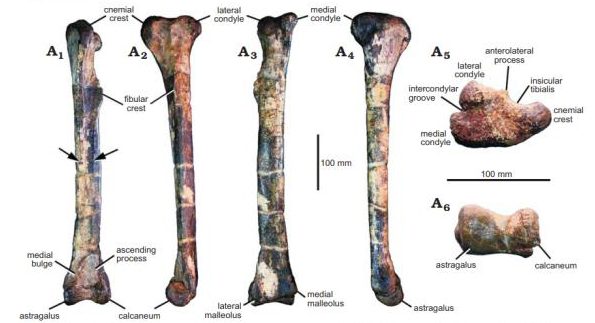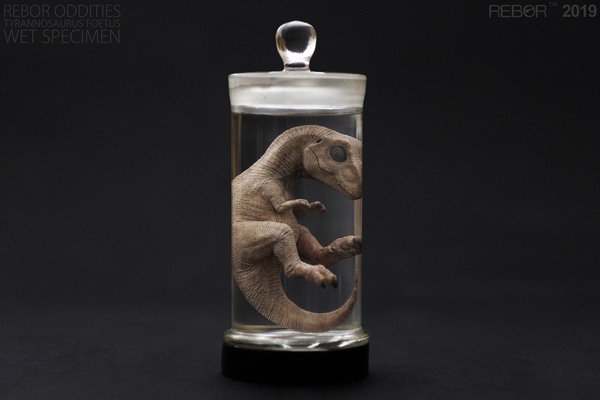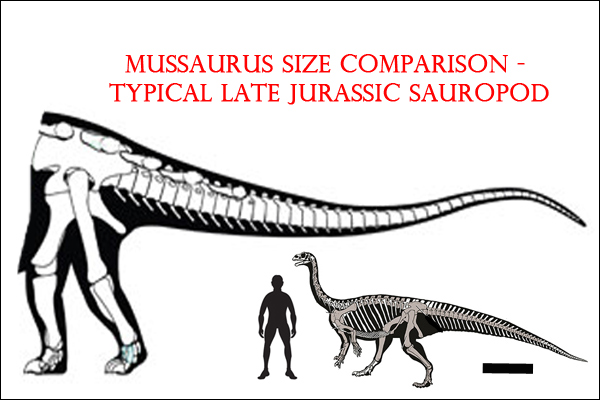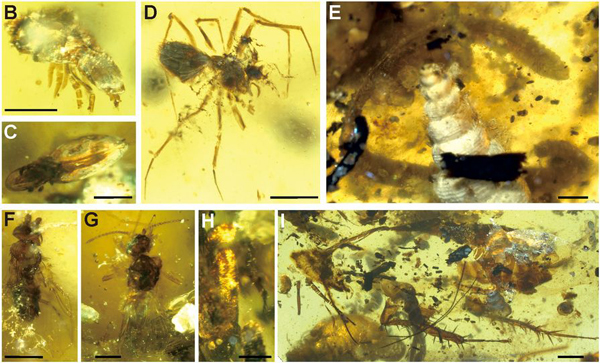The Encyclopedia of Dinosaurs – The Theropods
The Encyclopedia of Dinosaurs – The Theropods Reviewed
Ask a layperson to name a dinosaur and it is very likely that names such as Tyrannosaurus rex and Velociraptor will be volunteered, these dinosaurs are members of the Theropoda, one of three great groups that make up the Dinosauria. However, these two meat-eating dinosaurs are not typical of this group, there is a lot more to the theropods than meets the eye. The beautifully illustrated “Encyclopedia of Dinosaurs The Theropods”, aimed at general readers as well as students and academics, helps to flesh out the story of the Theropoda and is essential summer reading for dinosaur enthusiasts.
The English Language Version of “The Encyclopedia of Dinosaurs The Theropods”
Details on 750 Members of the Theropoda
Written by Rubén Molina-Pérez and Asier Larramendi, the founders and scientific directors of Eofauna Scientific Research, this volume contains over three thousand records giving facts and detailed information on over 750 theropod species. Indeed, it is claimed that every single theropod dinosaur described before 2016 is included, this book reflects an enormous amount of research into what is, the most diverse and speciose of this suborder of dinosaurs.
Hundreds of Theropod Dinosaurs are Featured in the Book
Stunning Full-colour Illustrations
Crammed full of full-colour reconstructions and illustrations by Andrey Atuchin and Sante Mazzei, this book, within the portfolio of the Natural History Museum (London), is not laid out like most dinosaur books. For example, each record has bibliographic references, permitting the reader the opportunity to explore the topic area in more detail. Divided into eight sections the “Encyclopedia of Dinosaurs The Theropods” provides a comprehensive overview including information on extant theropods (birds), trackways, fossil eggs, biomechanics, trace fossils – even the sprinter Usain Bolt gets a mention!
Lots of Amazing Dinosaur Facts are Revealed and Can be Checked by Readers Thanks to the Bibliography
Theropod Anatomy
The geography of ancient continents is outlined and the distribution of different types of theropod highlighted. There is an excellent section dedicated to theropod anatomy, along with a chapter dedicated to footprints “Testimony in Stone”.
Examples of Theropod Tracks (Extant and Extinct)
Records, Records and More Records
Records, Records and More Records Associated with the Theropoda
Throughout this book’s 288 pages, there are lots and lots of facts about the Theropoda listed including a graphical record of valid dinosauromorphs and theropods named and described up to 2016. Look out for the snippet about how a fault in Triassic rock was mistaken for the huge footprint of a meat-eater, or the colourful illustration showing different types of dinosaur egg compared to a basketball. Readers can expect to find the latest information about iconic dinosaurs such as Tyrannosaurus rex, Velociraptor osmolskae and Spinosaurus aegyptiacus.
Facts and Figures About the Largest Theropod – Spinosaurus aegyptiacus
Intriguingly, it has been revealed that the authors had wanted to include all the Dinosauria in a single encyclopedia. Such a project is too much of an undertaking for a single volume, so in the future books focusing on the ornithischians and the sauropodomorphs and their close relatives might be produced.
A spokesperson from Everything Dinosaur commented:
“This is an excellent book, that has been lovingly crafted by a dedicated team of researchers and artists. It provides a comprehensive overview of what is arguably one of the most successful type of tetrapod to have ever evolved. We are delighted that this book is now available in English and we are happy to recommend it.”
“Encyclopedia of Dinosaurs The Theropods”
Title: “Encyclopedia of Dinosaurs The Theropods”
ISBN: 978 0 565 09497 3
Price: Around £30.00 (GBP)
Format: Hardback (298 mm x 241 mm)
Publication: This month (May 2019)
Size: 288 pages approximately
Subject classification: Natural History/Dinosaurs
BIC and BISAC codes WNA/YNNA and 1) NAT007000 2) SCI054000
For further information about dinosaur themed educational resources: Contact Everything Dinosaur.





